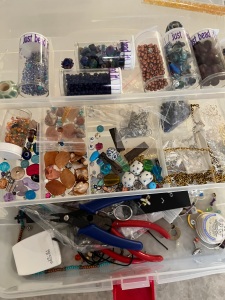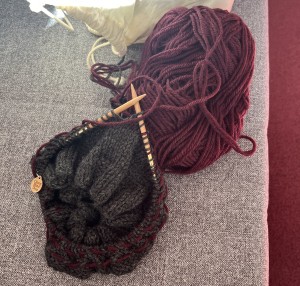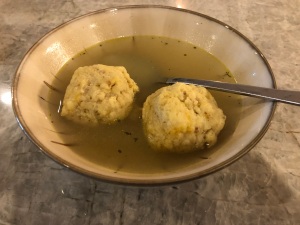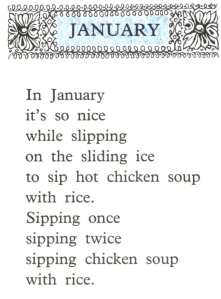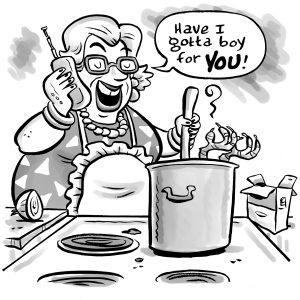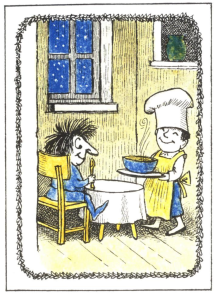If you ask the average person to name a Jewish food, chances are they’ll say, “bagel!”
The ubiquitous roll with a hole originated in the Jewish communities of Poland in the late 1600s – and it’s still going strong almost 500 years later!
Why the hole? There are plenty of stories to explain it, but our favorite says that in the small villages of Russia, the tsar levied a bread tax on Jews. He demanded one-tenth of all bread baked, but he wanted the middle of each loaf! When the tsar’s goons came to collect the bread tax, the villagers figured a way out. They presented the soldiers with rolls that had a hole in the middle!
A few centuries later, the bagel came along when Polish Jews immigrated to New York’s Lower East Side. Back then, bagel bakeries were common. There was one on almost every street!

Bagel fame spread from the Lower East Side, and one of the early spreaders was Harry Lender. Do you recognize his name? In 1927 he opened his “New York Bagel Bakery” in New Haven. It was a good move. Harry had so many customers that he came up with the idea of freezing bagels to make his baking and delivery schedule easier. And if you’ve ever poked around in your Bubbe’s freezer, you know how popular Lender’s frozen bagels are.
We grew up in Philadelphia eating New York-style bagels. They’re crunchy outside and soft and chewy inside. They’re big, too. They’re boiled and then baked – and some say New York’s tap water is an essential ingredient. In our neighborhood, there’s one old-school bagel bakery that’s been around for decades. People swear by it: The bagels are classic and the owner supports the community. But he has not cleaned the shop in decades. We like the bagels but we have to ignore the shmutz on the floor, the counter and the shelves when we buy our bagels there. We look away: The bagels are worth it.
If you live in a bagel wasteland, you might have to get your fix at a chain bagel store (like Manhattan Bagel or Panera Bread.) They’re usually franchises run by those who aren’t members of the tribe. The misspelled sign for “scallian cream cheese” is a clue, but you do what you have to do. Those bagel shops test our loyalty. Every bagel looks the same because they’re machine-made. They’re shipped frozen from a factory.
Joyce has a love/hate relationship with her local Manhattan Bagel shop. When she asked why they had stopped carrying poppy seed bagels, the owner said, “Because only old people eat them!” Joyce stated the obvious: “But I like them!” Too bad. No poppy seed bagels – if only a few people buy them – no matter how young and cool the customer pretended to be!
Now, especially in East Coast cities like New York, Baltimore and Philadelphia that have more than a handful of Jews, artisan bagel bakers are trying out newfangled recipes on our old-school crowd. They’re baking Montreal bagels, which are boiled in honey water and then baked in a wood-fired oven. They are denser, sweeter and smaller than their NY cousins.
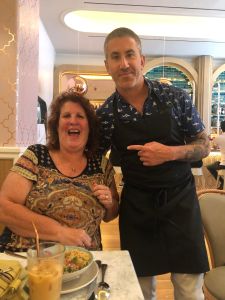
That time Ellen had breakfast at K’far and met Michael Solomonov
Then there is the Jerusalem bagel. It has a hole, but it’s more oval than round. It’s only baked, not boiled, so it’s tender and fluffy. Famous Israeli chef Michael Solomonov makes sandwiches on them – like the egg and cheese with schug (a spicy green Middle-Eastern sauce) and za’atar served at his K’far Café in Philadelphia.
There are no more bagel peddlers and bagels aren’t a dime each anymore, but we remember when we paid $12 a dozen! Not so long ago! Some of these new bagels are too crunchy, too crusty and too expensive: $2.25 each!
Lest you think we’re the only opinionated bagel biters, not so! When we did our Word Mavens program at a synagogue on Long Island years ago, we mentioned to the audience that we were going buy some bagels to take home. Audience members began to shout at us; each woman had her favorite bagel shop: “Don’t go to Bagel Boss; go to King of Bagels!” “No-no! Hot Bagels is the best.”
In New York and New Jersey, they’re lucky enough to have a bagel shop on almost every corner. How do you choose? Well, Ellen’s son gets his bagels from a certain shop because the bagels are great, but he likes the motivational signs the owner posts even better. Huh? “Attitude is the little thing that makes a big difference.” “A friend is like a daily vitamin.” The signs are trite but the bagels are amazing.
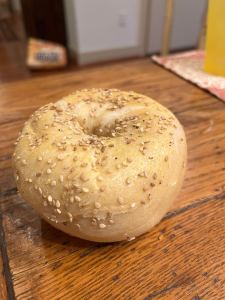
A stunning sesame specimen from Ridgewood Hot Bagels
Last week closer to home, Joyce was excited to try the new hipster bagel shop on her corner. A nice young couple baking bagels together had taken over a former sushi restaurant. Their sign promised lunch, coffee and a shmeer. One bite and Joyce was disappointed. The bagels were really dense and small. The new place didn’t live up to her expectations.
So Joyce put on a fake mustache and skulked back to the franchise bagel shop. Still no poppy bagels but the owner was eager for intel on the competition: “How did you like it?” “Are my bagels bigger?” Which taste better? The owner got her answer when Joyce promptly ordered a dozen – no poppy.
These days, when it comes to our bagel fix, we’re between a bialy and a hard place. We can go to the deli, but it’s not worth waiting in line if we just want bagels. We can keep trying the new venues, but they’re hit or miss. Thank goodness Passover is coming. After a week of matzah we know we’ll be grateful for anything round and doughy with a hole in the center.
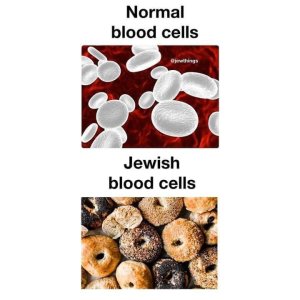
A bagel joke we’ve been saving… it’s just a joke!


